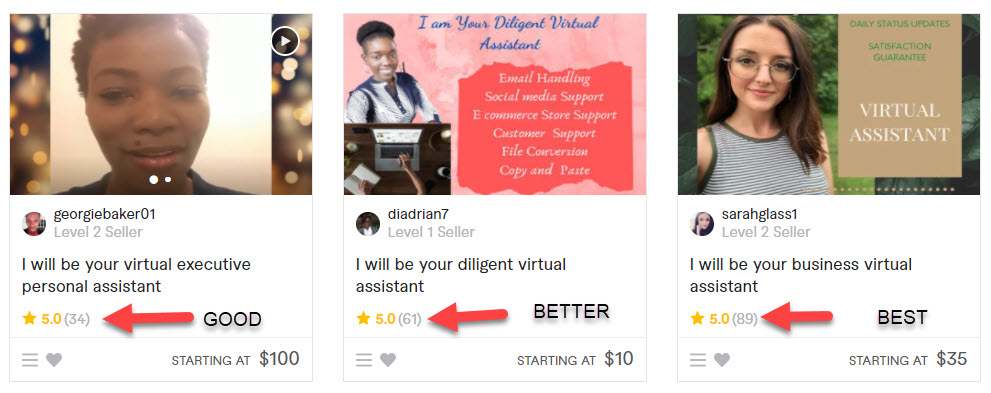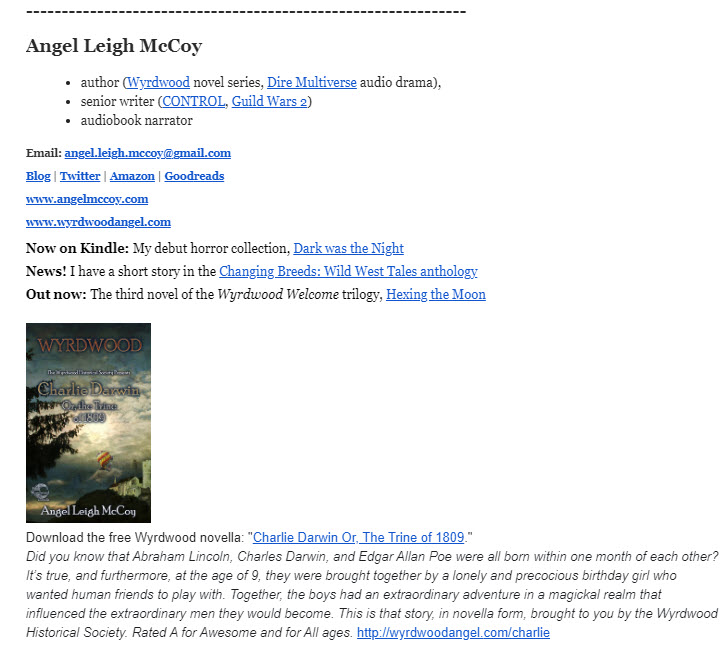One of the most exciting truths about being a writer—and maybe about everything—is that you can never perfect your craft. As a writer, maintaining a “beginner’s mind” is critical to keeping your creativity and your work fresh. Your understanding of wordsmithing will continue to evolve right up to the very last word you ever put to paper.
Not only deeper insight into wordcraft, but technologies, new and old, may appear on your radar to make your work more efficient; and even the industry itself continues to evolve in surprising ways as evidenced by the rise of ebooks in the last decade or so.
|
KEYWORDS
free: free to all indie: for indie authors live: scheduled live classes on-demand: recorded videos scholarship: offers scholarships specific: specific to a system varied: offerings change |
Online Course/Seminar List
Have a course you’ve taken? Click on the star rating then tell us why it was good for you in the comments below. Put the course name at the beginning of the comment so it’s easy for others to read through them. Note any we failed to list, especially if you recommend it.
- So You Want to be a Horror Writer?, Sephera Giron
(live, on-demand, Udemy) - Highlights Foundation Workshops
(live, on-demand, varied) - Rambo Academy for Wayward Writers, Cat Rambo, et al.
(live, on-demand, varied, scholarship) - Save the Cat Novel-Writing Course, Jessica Brody
(on-demand, specific) - Self-Publishing Formula, Mark Dawson, et al.
(indie, on-demand) - Scribophile Academy
(on-demand) - ProWritingAid Online Lectures for Writers
(on-demand, free)
Youtube Videos
Marketing 101 for Writers
Financial Planning for Writers from StokerCon2021
Concepts of Horror – Writing Tips
Writing in the Dark from theCreativePenn podcast
Creative Writing Advice from Stephen King
on The Write Channel with Nicola Monaghan
https://www.youtube.com/watch?v=lwhOd65gGoY
How to Write a Horror Novel with Joe Hill
10 Screenplay Writing Tips from Stephen King
On Writing Dark Fiction from Lenn Woolston
Writing a Horror Protagonist from Daniel Stamm
How to Write Faster and Never Get Writer’s Block
Michaelbrent Collings on theCreativePenn podcast
How to Make Your Story 100% More Scary on MidnightXCross
https://www.youtube.com/watch?v=EF6LlV-MpkM
5 Tips for Writing Dark Fantasy
10 Best Tips for Writing a Horror Book
How to Write Dark Fantasy Jenna Moreci
on the RebelAuthor podcast
8 Horror Writing Tips
How to Be Successful Writing Horror
Iain Rob Wright on theCreativePenn podcast
The Perfect Horror Protagonist
on the Extra Credits podcast
Writing Horror and Making a Living with Your Writing
Michaelbrent Collings on theCreativePenn podcast
Writing Dark Fiction Alan Baxter
on theCreativePenn podcast
How to Add Suspense to Your Writing from Danyal Fryer
How to Write Horror – 5 Quick Tips
from Richard Fairgray on the Holiday House vidcast
How to Make Your Writing Suspenseful
Victoria Smith on TED-Ed
10 Best Tropes in Paranormal Fiction
on Writing with Jenna Moreci vidcast
Writing Dark Fantasy with T. Frohock on Fictitious vidcast
5 Tips for Writing Scary Stories
from the By the Dying Fire vidcast
Writing Tips from Stephen King
on Late Show with Stephen Colbert
Finding Ideas for Horror Stories from Brandon McNulty
What is the Difference Between GrimDark and Fantasy?
Why Reading and Writing Dark Fiction Can Be Healing
with J Thorn on theCreativePenn podcast
GrimDark Reader’s Guide
How to Write Paranormal Characters
on writers2writers vidcast
How to Write a Supernatural Novel
on Jason Arnopp’s Terrifying House Of Obsession
How to Write Effective Horror at ReedsyBlog vidcast

















